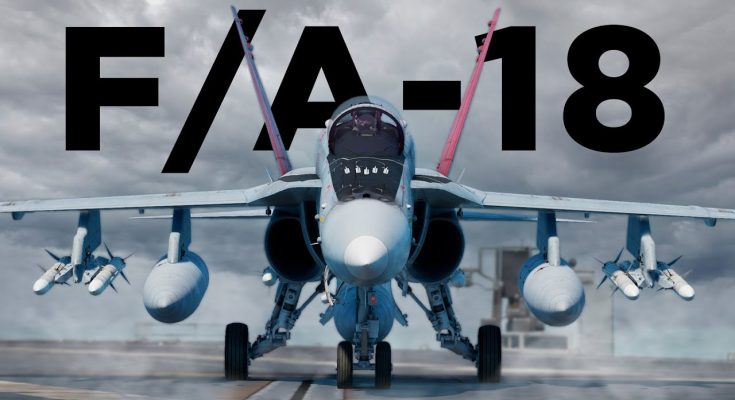F/A-18C Hornet: The Naval King of the Skies
The F/A-18C Hornet is one of the most iconic multirole fighter jets in naval aviation history. Developed by McDonnell Douglas (now Boeing), the Hornet became the backbone of the U.S. Navy and Marine Corps, excelling in both air-to-air combat and precision strike missions. With its unmatched versatility, superior agility, and robust carrier operations capability, the F/A-18C earned its title as the “Naval King” of modern warfare.
Origins of a Legend
The F/A-18 Hornet was born from the 1970s Lightweight Fighter Program, initially designed to replace the aging A-7 Corsair II and complement the F-14 Tomcat. The C variant, introduced in the 1980s, was an improved version of the original F/A-18A, featuring:
🔹 Upgraded avionics and radar systems (AN/APG-65)
🔹 Enhanced weapons capabilities, including AIM-120 AMRAAM
🔹 More powerful General Electric F404-GE-402 engines
🔹 Stronger airframe and increased survivability features
This made the F/A-18C a true multirole fighter, capable of excelling in both fighter and attack missions—a rare capability at the time.
Unmatched Naval Superiority
The F/A-18C Hornet was designed from the ground up for carrier-based operations, making it one of the most reliable and effective naval fighters ever built.
✅ Carrier Landing Excellence – Reinforced landing gear and tailhook for harsh carrier landings.
✅ Aerial Refueling Capability – Extends range for long-duration missions.
✅ Superior Agility – High thrust-to-weight ratio and advanced fly-by-wire controls.
✅ All-Weather Combat Readiness – Advanced radar and avionics for night and adverse weather operations.
This adaptability allowed the Hornet to replace multiple aircraft types, including the F-4 Phantom II, A-7 Corsair II, and even some F-14 Tomcats, making it a one-aircraft solution for naval combat needs.
Combat Proven: Dominating the Battlefield
The F/A-18C Hornet saw extensive combat, proving its air superiority and strike power in multiple conflicts:
✈ Operation Desert Storm (1991) – Conducted high-risk strike missions and air-to-air combat, achieving confirmed kills.
✈ Balkans Conflict (1990s) – Provided air cover and precision strikes against enemy targets.
✈ War on Terror (2001-Present) – Played a key role in operations over Afghanistan, Iraq, and Syria.
With its lethal weapons arsenal, including the AIM-9 Sidewinder, AIM-120 AMRAAM, JDAMs, and Harpoon missiles, the F/A-18C could take on any mission, from dogfights to deep strikes.
Legacy and Replacement
The F/A-18C Hornet remained the U.S. Navy’s primary fighter until it was gradually replaced by the F/A-18E/F Super Hornet. Despite this, the C variant still serves in the U.S. Marine Corps and allied air forces, proving its enduring reliability and combat effectiveness.
Even after decades of service, the Hornet remains a symbol of naval dominance, respected by allies and feared by adversaries.



